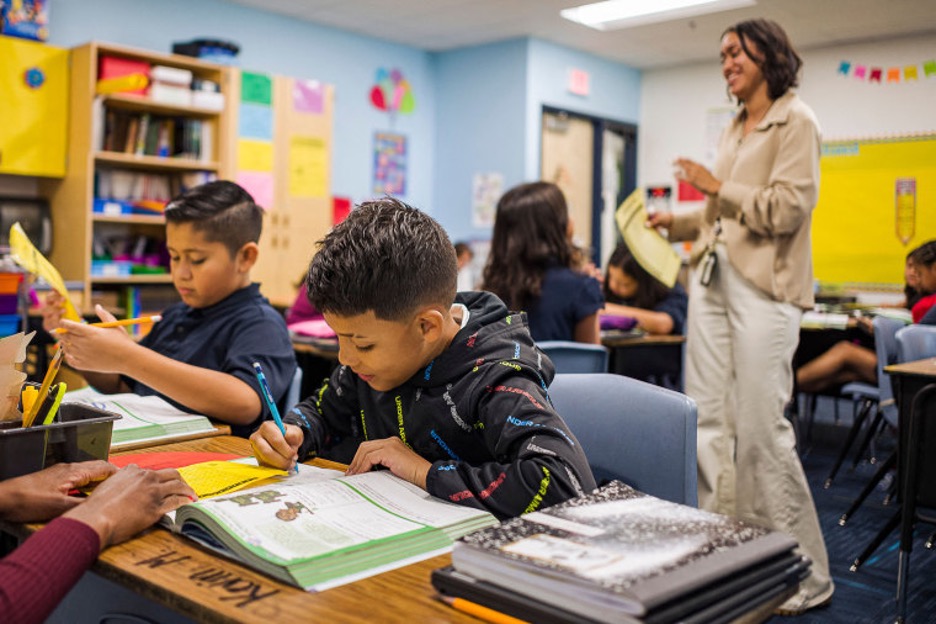
In the last decade, the number of Latinos under 18 years has increased to 18.8 million. This represents an increase of 2.6% in the past few years and it makes up 25.7% of all U.S. children under 18.
Florida was the state with the largest gain of underage Latinos, followed by New Jersey and Maryland. Even though there was an increase in the total number of Latino children in Connecticut, New Jersey, and Rhode Island, the overall population of children declined.
Outside of Puerto Rico, southwestern states have a higher share of Latino children. The other number that increased was the median age of the Latino population, which rose to 30 years old.
The census also analyzed the race factor, but it is not very reliable. The census asks the ethnicity of the person, whether they are Hispanic or Latino, and then asks their race. However, by that point, the option of Hispanic or Latino is not provided. The Biden Administration is considering allowing people to choose Hispanic or Latino as a race in the 2030 census. The evidence confirms that the two-part question is confusing too many Latinos for whom race and ethnicity are indistinguishable. In the 2020 census, 42% of Hispanics marked “some other race,” one-third marked two or more racial groups, and 20% chose white.

Recent Comments